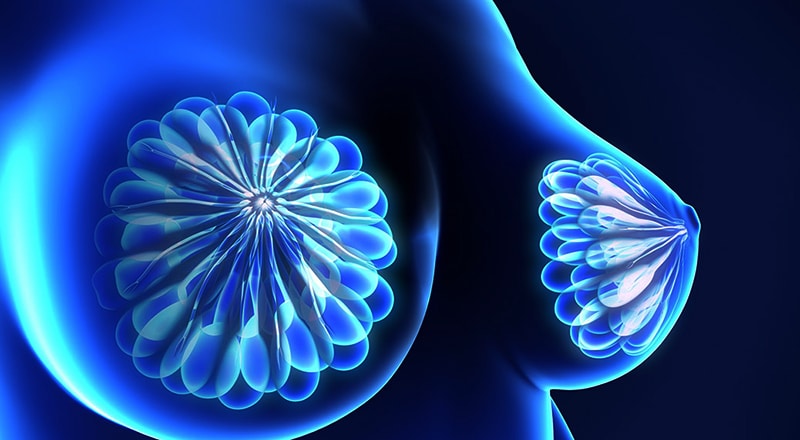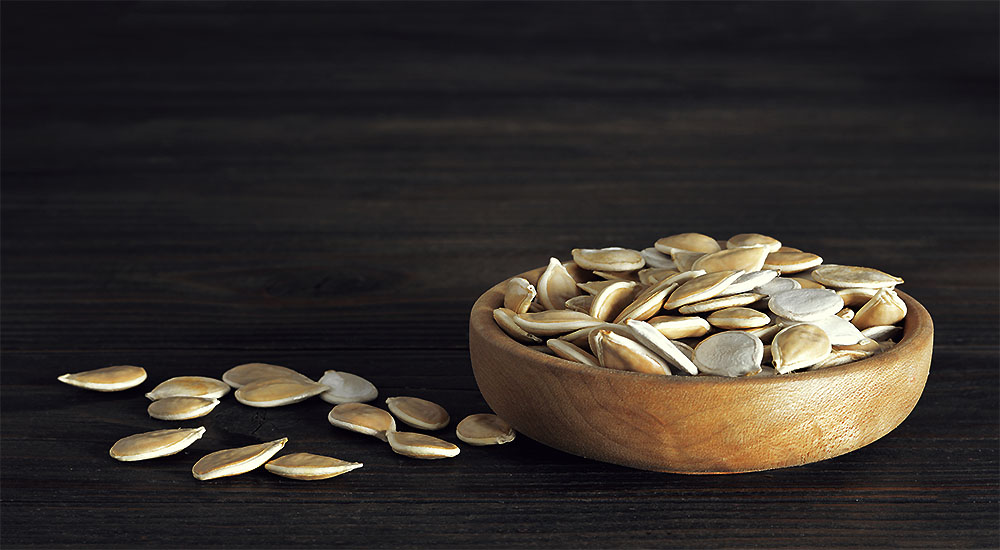A Child with Foot or Ankle Pain? Physical Therapy Can Help!
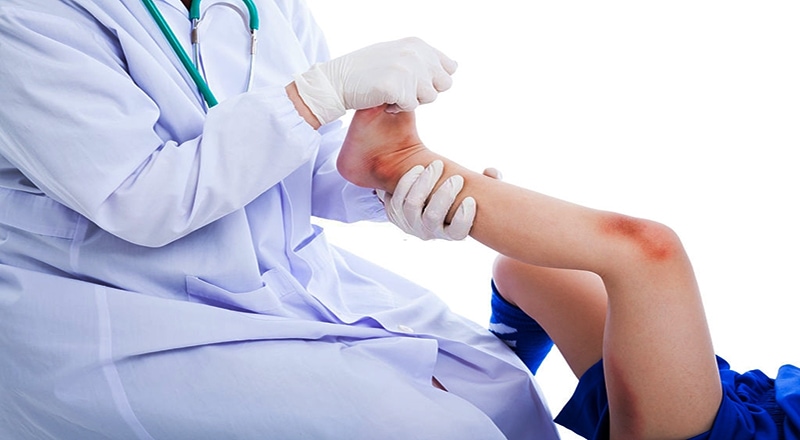
Is Foot and Ankle Pain Common in Children?
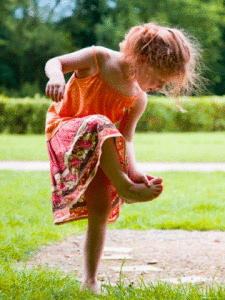
Seeking professional help from the Root Cause Physical Therapy team is vital to prevent any injury from becoming chronic. The ankle is a hinge joint that connects the leg bones (tibia and fibula) to the feet and provides stability for weight-bearing and foot mobility.
Children with Flat Feet Need Treatment
When children are flat-footed, it means they do not have a normal arch. Flat feet can occur in one or both feet and usually does not appear until the age of 2 or 3. Sometimes the child may have trouble participating in physical activities or sports or appear to walk or run awkwardly. Some children complain of pain or cramping in their feet, legs, or knees.
Flat feet can occasionally cause pain in the ankle, heel, or arch, particularly when running or walking. Physical therapy is often suggested for flat feet, to help children work on the strength in their feet and ankles. Flatfoot is a common foot shape that doctors sometimes call pronated foot.
When a person with flatfoot stands up, the arch in the middle of the foot disappears. The foot seems to lie flat on the ground. There are three different types of flatfoot. Knowing which kind your child has helped you and your child’s doctor decide if treatment is required, and, if so, what specific type of treatment.
- Flexible flatfoot: Almost all children with flatfoot have what is called flexible, or hypermobile, flatfoot. This condition is not painful, causes no disability, and does not need any treatment. It always affects both feet. When a child has flexible flatfoot we can see an arch in the foot when the child stands on tiptoe or lets the foot hang down.
- Flexible flatfoot with a short Achilles tendon happens very rarely in young children. It affects both feet and may cause pain and disability.
- Rigid flatfoot is the least common type. Rigid flatfoot most often shows up in people who have a problem with the bones in their feet (called tarsal coalition). About one in four people with rigid flatfoot have pain and disability. About half of the time, rigid flatfoot affects both feet. When children have rigid flatfoot, which may cause problems, we usually cannot see an arch even when they stand on tiptoe.
At Root Cause Physical Therapy, we examine your child’s feet and ankles. We look at your child’s feet as they stand up. We also check to make sure the joints in your child’s feet and ankles all move well.
If your child’s ankle does not move adequately, it could mean that the Achilles tendon is shortened or tight. That may be a sign that your child has flexible flatfoot with short Achilles tendon, something requiring treatment.
The physical therapy department at Root Cause will design a unique treatment program for your child that includes manual therapy for all the muscles surrounding the foot and ankle, and a series of stretches and exercises to get your child’s foot and ankle normalized.
What are Growing Pains and What Should be Done About Them
Adolescents experience accelerated growth spurts. Sometimes the foot, ankle, and leg pains that young boys and girls complain of are associated with growth plate centers. Thin, flat, crescent-shaped growth centers separate bone from cartilage in the ends of younger children’s bones.
As a child nears puberty, these growth centers close and ossify, the process by which cartilage becomes bone. Between the ages of 8 and 12, when boys and girls become more active in athletics, a child may complain of pain, or parents may notice limping. While these complaints were historically more common among boys, today just as many young girls are active in hockey, soccer and other team sports, and they too suffer growth pains.
The most commonly seen growth center symptom is severe pain behind the heel, which stems from overusing the foot and ankle in hard training. The fibers of the Achilles tendon pull on the heel’s growth plate and create inflammation within the heel bone.
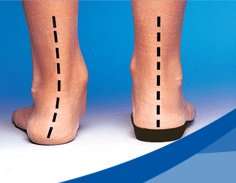
If treated promptly, growth center pain shouldn’t last more than several days or weeks at most. If left untreated for a longer period of time, a more involved treatment plan is required. Such an injury can even result in fracture or dislocation of the growth plate (a serious condition), chronic pain, muscle imbalance, reduced range of motion, shortened limbs, or permanent joint deformity.
If your child is experiencing any of the above symptoms, don’t hesitate to contact the physical therapy team at Root Cause Medical Clinic before the injury becomes chronic.
Sever’s Disease Sever’s disease, also called calcaneal apophysitis, is a painful bone disorder that results from inflammation (swelling) of the growth plate in the heel. As mentioned above, the growth plate is an area at the end of a developing bone where cartilage cells change over time into bone cells. As this occurs, the growth plates expand and unite, which is how bones grow.
Sever’s disease is a common cause of heel pain in growing kids, especially those who are physically active. It usually occurs during the growth spurt of adolescence, the approximately 2-year period in early puberty when kids grow most rapidly. This growth spurt can begin any time between the ages of 8 and 13 for girls and 10 and 15 for boys.
Sever’s disease rarely occurs in older teens because the back of the heel usually finishes growing by the age of 15 and the growth plate hardens as the growing bones fuse together into mature bone. During the growth spurt of early puberty, the heel bone (called the calcaneus) sometimes grows faster than the leg muscles and tendons. This can cause the muscles and tendons to become very tight and overstretched, making the heel less flexible and putting pressure on the growth plate.
The Achilles tendon is the strongest tendon in the body (remember your Greek Mythology?) that attaches to the growth plate in the heel. Over time, repeated stress on the already tight Achilles tendon damages the growth plate, causing the swelling, tenderness, and pain of Sever’s disease.
Such stress commonly results from physical activities and sports that involve running and jumping, especially those that take place on hard surfaces, such as track, basketball, soccer, and gymnastics. It can even result from standing too long, which puts constant pressure on the heel.
Poor-fitting shoes can contribute to the condition by not providing enough support or padding for the feet or by rubbing against the back of the heel. Although Sever’s disease can occur in any child, the conditions listed below increase the risk:
- Pronated foot – flatfoot
- Flat or high arch
- Short leg syndrome or a misaligned pelvis
- Overweight or obesity
A child may also have these related symptoms:
- Swelling and redness in the heel
- Difficulty walking
- Discomfort or stiffness in the feet upon walking
- Discomfort when the heel is squeezed on both sides
- An unusual walk, such as walking with a limp or on tiptoes to avoid putting pressure on the heel
The physical therapy team at Root Cause Medical Clinic can diagnose a child with Sever’s disease based on the symptoms reported. To confirm the diagnosis, the physical therapists will do a thorough examination and ask about the child’s activity level and participation in sports. The therapist might also use the squeeze test, squeezing the back part of the heel from both sides at the same time to see if doing so causes pain. And the child might be asked to stand on tiptoe to see if that position causes pain.
Achilles Tendonitis: Although the Achilles tendon itself is very strong-it can withstand up to 1,000 pounds of force-it is one of the most commonly injured tendons in the body. Injury to the Achilles tendon is caused by a number of different conditions. The most common Achilles tendon injury in children, however, is Achilles tendonitis.
The Achilles tendon is located at the back of the foot, just above the heel. It connects the heel to the muscles of the leg, named plantar, gastrocnemius, and soleus, that help the foot push forward every time a step is taken. If the tendon becomes swollen or irritated due to overuse, it can lead to a painful condition called Achilles tendonitis. If Achilles tendonitis goes untreated, it can become a chronic condition that makes walking almost impossible.
Tendonitis refers to inflammation of the Achilles tendon. It can be caused by engaging in activities such as running without warming up or running on an incline, such as up a stairway or on a hill. Flexing the calf muscles too strenuously or frequently is also a cause of tendonitis.
In addition to these common causes, which result in tendonitis in both children and adults, children are susceptible to a type of tendonitis called enthesis.
Enthesis is caused by growth spurts, which result in inflammation of the heel. Most cases of Achilles tendonitis start out slowly, with very little pain, and then grow worse over time. Some of the more common symptoms include:
- Mild pain or ache above the heel and in the lower leg, especially after running or doing other physical activities
- Pain that gets worse when walking uphill, climbing stairs or taking part in intense or prolonged exercise
- Stiffness and tenderness in the heel, especially in the morning, that gradually fades throughout the day
- Swelling or hard knots of tissue in the Achilles tendon
- A creaking or crackling sound when moving the ankle or pressing on the tendon
- Weakness in the affected leg
Treatment Works
If you suspect that your child or yourself might have Achilles tendonitis, feel free to check in with me so I can diagnose it and ensure it doesn’t get worse. As a doctor of physical therapy, I will ask about the activities you’ve been doing as well as examine your leg, foot, ankle, and knee for range of motion issues. As with most things, the sooner I have the chance to examine the foot and ankle, the quicker it heals. We’ve reviewed many different foot and ankle conditions. While common, they are far from normal, and early treatment is key. Don’t suffer and don’t wonder if the problem is serious, just come in and we’ll let you know.
Do you need help with your health?
We have the diagnostic and testing tools, the clinical experience, and a different medical approach to discovering the root cause of why you have the symptoms that are bothering you. As long as you are ready to make some dietary and lifestyle changes, we can help you. We will "hold your hand" through the changes, step by step, to make each step an easy one. We are located in Clearwater, FL, at 1000 S Ft Harrison, at the corner of Ft. Harrison Ave. and Magnolia St. There is plenty of parking space directly accessible from Ft Harrison. If it is not convenient for you to come to Root Cause Medical Clinic, we offer telehealth/telemedicine consultations to residents of certain states. Call us for details.
Contact us for a Consultation – Call 727-335-0400
Ask a Doctor
Have a health concern you'd like to speak with a doctor about? Or just want clarity on a subject? Ask Us!
Featured Articles
Popular Stories

Dr. Rupa Chakravarty DPT, OCS
Director of Physical Therapy at Root Cause Medical
Doctor of Physical Therapy, Orthopedic Certified Specialist
Dr. Chakravarty has numerous certifications for different techniques in Physical Therapy practice. She employs an extensive array of manual as well as exercise techniques to manage her patients’ symptoms during their course of therapy.

